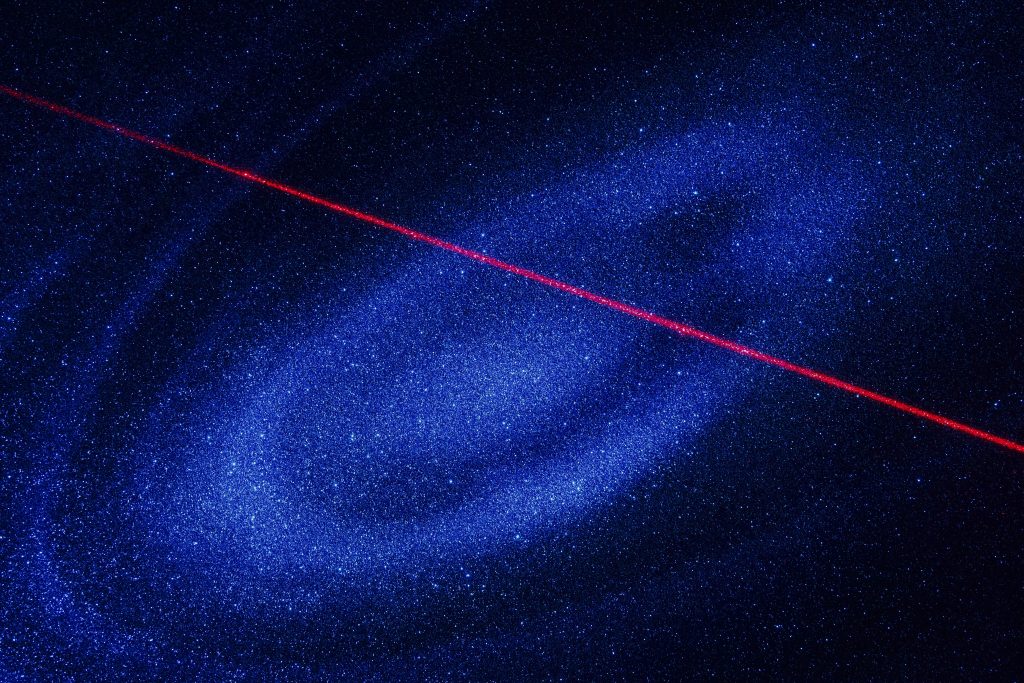NASA’s recent achievement in the world of deep space communications marks not only an innovative step forward but a potential transformation in the way we explore the vast expanse of the cosmos. In a feat that signals the future of space communication technologies, NASA’s Deep Space Optical Communications (DSOC) experiment has successfully beamed near-infrared laser signals infused with test data from a staggering distance of nearly 10 million miles, a trajectory forty times that separating the Moon from our blue planet. This unprecedented demonstration took place with signals received by the Hale Telescope at Caltech’s Palomar Observatory in San Diego County, California.
The “first light” event of the DSOC is celebrated as a cornerstone in advancing our capacity to convey prodigious volumes of scientific data across the solar system. Trudy Kortes, the director of Technology Demonstrations at NASA’s Headquarters in Washington, D.C., elucidates its significance: “Achieving first light is one of many critical DSOC milestones in the coming months, paving the way toward higher-data-rate communications capable of sending scientific information, high-definition imagery, and streaming video in support of humanity’s next giant leap: sending humans to Mars.”

This enhancement in communication mirrors the monumental transition from analog telephone lines to the revolutionary fiber optic technology, which has redefined data transmission here on Earth. According to NASA, the leap to optical communications will potentially increment data capacity by a factor of 10 to 100 times compared to existing state-of-the-art radio systems used in spacecraft.
The DSOC is NASA’s inaugural endeavor to demonstrate optical communications beyond the lunar domain. It comprises an integrated system that includes a flight laser transceiver, and ground-based components such as a laser transmitter and receiver.
This groundbreaking project is hitching a ride on NASA’s Psyche spacecraft, which embarked on its journey on Oct. 13. The spacecraft’s prime directive is to probe the asteroid Psyche 16—a metallic colossus located in the asteroid belt—which could provide invaluable insight into the cores of planets, including our own.
What is remarkable is that nestled within the Psyche mission’s design is the DSOC’s own two-phased agenda. Even in its initial phase, DSOC has already demonstrated the tangible possibility of significantly improving data communication for not just robotic explorers but also for future human missions.
This technological leap, facilitated by NASA’s unwavering innovation, stands to dramatically enhance the speed and volume with which we access information from points across our solar system. It is an exciting time for space exploration, and developments such as these ensure that as we dare to broaden our reach amongst the stars, our connectivity and understanding will grow in equal measure. Stay tuned for more updates as DSOC continues to push the boundaries of what is possible in space communication.



